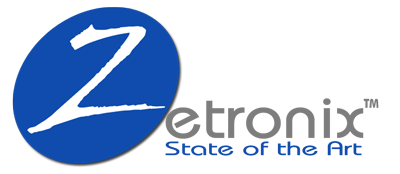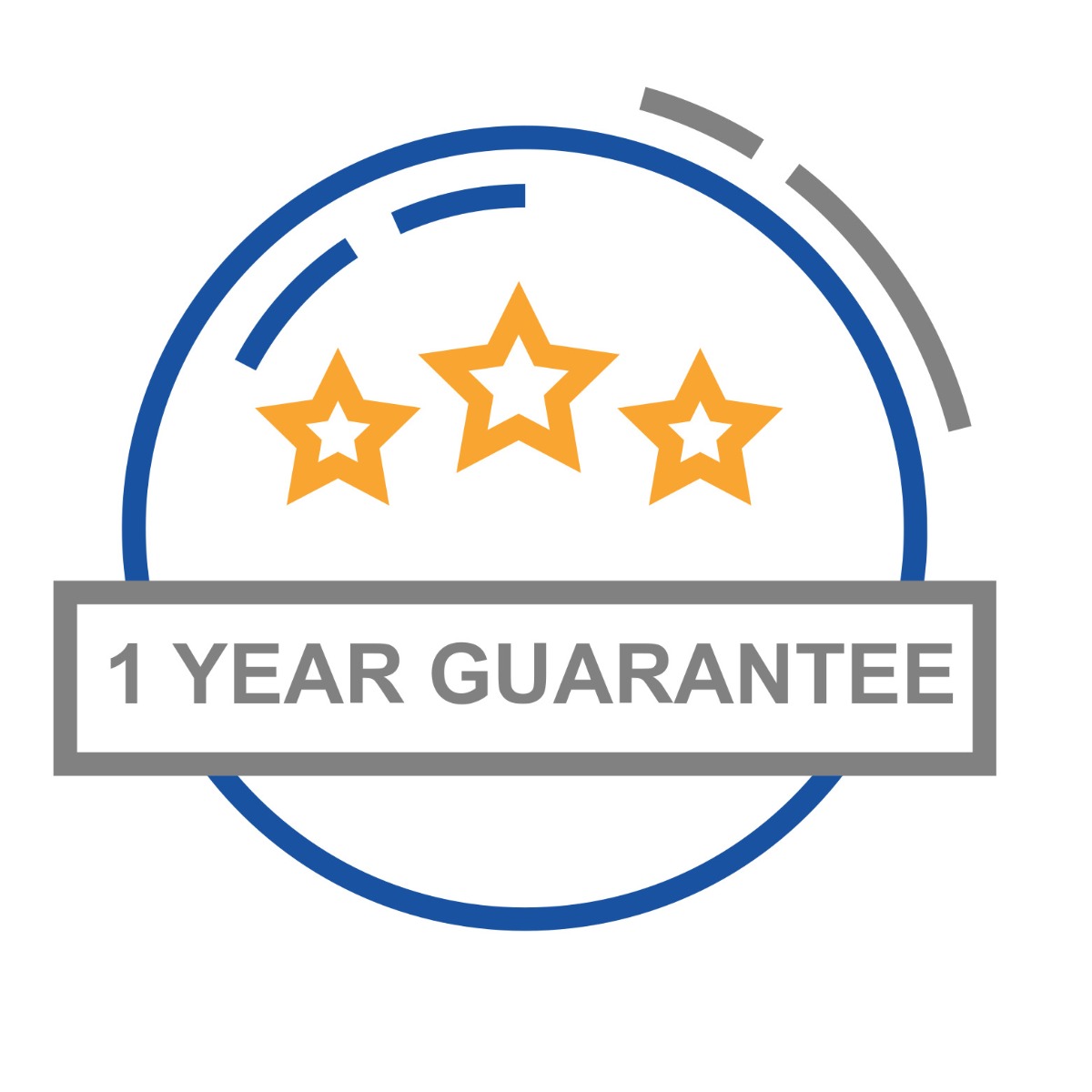Guide to Managing Workplace Surveillance: Policies & Best Practices

Implementing workplace surveillance has emerged as a pivotal strategy in the dynamic landscape of modern business. Its role extends beyond mere observation; it serves as a crucial mechanism for bolstering security, guaranteeing adherence to regulatory standards, and fostering an environment conducive to increased productivity.
Integrating surveillance systems has become increasingly sophisticated and pervasive in this era, where technology continuously reshapes the workplace. Nonetheless, this rise in surveillance capabilities brings with it a significant responsibility.
Organizations must manage these tools with utmost responsibility and ethical consideration. This careful management is a legal necessity and a moral obligation to safeguard employee privacy and nurture a foundation of trust within the workplace. Balancing the benefits of surveillance with respect for individual privacy is a delicate yet essential aspect of modern corporate governance.
Establishing Clear Surveillance Policies

1. Defining the Purpose and Scope
Establishing a clear purpose and scope for workplace surveillance is crucial. Begin by clearly explaining why surveillance is necessary, focusing on its role in enhancing security, monitoring productivity, and ensuring compliance with company policies and legal standards.
It's important to ensure that employees understand exactly what aspects of their work are being monitored and the reasons behind them. This clarity helps align surveillance practices with the company's goals while respecting employee privacy.
For instance, if cameras are installed for security purposes, specify the areas under surveillance and the nature of the footage being captured. This approach ensures transparency and fosters a sense of fairness among employees.
2. Legal Compliance and Employee Rights
Compliance with legal standards is a fundamental aspect of implementing workplace surveillance. It's essential to understand and adhere to the laws and regulations governing surveillance in your region, as they can vary significantly.
These laws often stipulate how surveillance can be conducted, the type of consent needed, and how the collected data can be used. Informing employees about their rights under these laws is also crucial. This includes their right to know if they are being monitored, what kind of data is collected, and how it is used.
Respecting these rights ensures legal compliance and helps maintain a respectful and trust-based relationship with employees.
Best Practices for Implementing Surveillance

3. Transparency is Key
Transparency is a cornerstone in the successful implementation of workplace surveillance. It's important to communicate with employees about the surveillance systems being used openly, the data collection type, and the specific purposes for which it is gathered and utilized. This transparency should extend to explaining the safeguards in place to protect this data.
Employers can alleviate employee concerns and potential misunderstandings by being upfront about these practices. This open dialogue also allows for employee feedback, which can improve the surveillance system and its policies, thus fostering a culture of trust and mutual respect in the workplace. Hidden surveillance cameras are often not a great choice for workplaces.
4. Limit Surveillance to Professional Areas
Restricting surveillance to strictly professional areas is key to respecting employee privacy. Surveillance should be limited to spaces where employees perform their work duties, like offices, warehouses, or sales floors.
Personal areas, such as restrooms, changing rooms, and break rooms, should be exempt from surveillance to ensure employee comfort and privacy. This distinction is crucial in maintaining a respectful and non-intrusive surveillance system. By clearly demarcating the areas under surveillance, employers demonstrate their commitment to respecting their employees' personal space and privacy while still fulfilling their need to monitor work-related activities.
5. Secure Storage and Handling of Data
The secure storage and handling of data collected through surveillance is imperative to protect the company and its employees. All surveillance data should be stored securely, with access limited to authorized personnel only. This includes implementing robust data security measures such as encryption, secure servers, and regular audits to prevent unauthorized access and data breaches.
Additionally, clear guidelines should be established regarding the duration for which the data is stored and the conditions under which it is reviewed or deleted. These practices are essential for complying with data protection laws and maintaining employee trust and confidence in the company's surveillance policies.
Balancing Surveillance with Employee Privacy

6. Involve Employees in the Process
Involving employees in setting up surveillance systems or outdoor rotating security cameras is critical for achieving a balance between security needs and privacy concerns. This involvement can include discussions, surveys, or representation in decision-making committees.
By actively seeking their input, employers can gain valuable insights into employee perspectives on surveillance, which can help design systems that are both effective and respectful of privacy. This collaborative approach not only helps in tailoring the surveillance system to the workplace's specific needs but also fosters a sense of ownership and acceptance among employees, making them more receptive to being monitored.
7. Regularly Review and Update Policies
Surveillance policies should not be static; they need to evolve in response to changes in technology, legal standards, and workplace dynamics. Regularly reviewing and updating these policies ensures they remain relevant, effective, and legally compliant. This process should involve assessing the effectiveness of current surveillance practices, staying informed about new technological developments and legal requirements, and making necessary adjustments.
Such periodic reviews also provide opportunities to incorporate employee feedback, ensuring that the policies continue to balance organizational needs and employee privacy rights.
Addressing Concerns and Complaints

8. Establish Clear Channels for Feedback
Establishing clear and accessible channels for employees to voice their concerns or complaints about workplace surveillance is crucial. This can include feedback boxes, dedicated email addresses, or regular meetings where employees can speak freely.
It is important that these channels are well-publicized and that employees feel safe using them without fear of retribution. Once concerns are raised, they should be addressed promptly and fairly. This approach helps identify and resolve issues quickly and demonstrates the organization's commitment to maintaining an open and respectful dialogue about workplace surveillance.
9. Educate and Train
Education and training are key components in creating a supportive environment for workplace surveillance. Providing regular training sessions for employees and management about the purposes, benefits, and limitations of surveillance helps build an informed workplace.
These sessions should cover topics like the rationale behind surveillance, how it is conducted, employee rights, and how to raise concerns. Educating staff fosters a more accepting and aware workplace environment, where surveillance is understood as a necessary tool rather than an intrusive measure.
10. Continuous Monitoring and Improvement
Continuous monitoring and improvement of surveillance practices are vital for ensuring they remain effective and appropriate. This involves regularly assessing the impact of surveillance on employees, workplace culture, and organizational objectives.
Such assessments can be conducted through surveys, interviews, or by analyzing feedback from established channels. Based on these assessments, practices can be adjusted to better align with the organization's and its workforce's evolving needs and expectations. This ongoing process helps maintain a surveillance system that is effective, respectful, and responsive to the dynamic nature of the workplace.
FAQs:
What is the main purpose of workplace surveillance?
Workplace surveillance primarily aims to enhance security, monitor productivity, and ensure compliance with company policies and legal regulations. It helps in preventing misconduct and maintaining workplace safety.
How can workplace surveillance respect employee privacy?
To respect employee privacy, surveillance should only be limited to professional areas, excluding personal spaces like restrooms and break rooms. Transparency about surveillance policies and involving employees in decision-making are also key.
Is it legal to monitor employees without their knowledge?
The legality of monitoring employees without their knowledge varies by region and is subject to specific laws and regulations. Generally, employers must inform employees about surveillance and adhere to privacy laws.
How should employers handle the data collected from surveillance?
Data collected should be stored securely and accessed only by authorized personnel. It should be used solely for its intended purpose, and employers must comply with data protection laws regarding storage duration and data handling.
Is audio surveillance legal in the workplace?
The legality of audio surveillance in the workplace varies by region and is subject to specific privacy laws. Generally, employers must have a legitimate reason and often require consent from employees. It's crucial to consult legal counsel to ensure compliance with local laws.
Are Hidden Cameras Legal in Workplace Monitoring?
Hidden cameras in the workplace are subject to legal restrictions, which differ by location. Generally, hidden cameras are legal for security purposes but are prohibited in private areas such as restrooms. Employers must balance security needs with employee privacy rights.
How Can Employers Ensure Ethical Monitoring in the Workplace?
Employers can ensure ethical monitoring by being transparent about surveillance practices, obtaining consent, respecting privacy in personal areas, using data solely for stated purposes, and regularly reviewing and updating surveillance policies in line with legal and ethical standards.
What Is the Impact of Surveillance on Workplace Safety and Security?
Surveillance can significantly enhance workplace safety and security by deterring misconduct, preventing theft, and ensuring compliance with safety protocols. However, it must be balanced with privacy concerns to avoid creating a distrustful or invasive work environment.
Conclusion:
The prudent management of workplace surveillance is essential for maintaining a balance between organizational security and employee privacy. Companies can use surveillance tools to enhance productivity and security while respecting employee rights by implementing comprehensive policies and adhering to best practices.
The key lies in transparency, ethical data handling, and continuous engagement with employees. As technology evolves, so should surveillance strategies, always with an eye toward ethical implications and legal compliance. With these principles in mind, businesses can create a workplace environment that is secure and efficient but also respectful and trustworthy.
To ensure the best results, consider investing in top-quality surveillance gadgets from Zetronix. Their state-of-the-art products are ideal for modern workplace surveillance needs. Visit Zetronix today to explore their extensive selection and elevate your workplace surveillance system.




